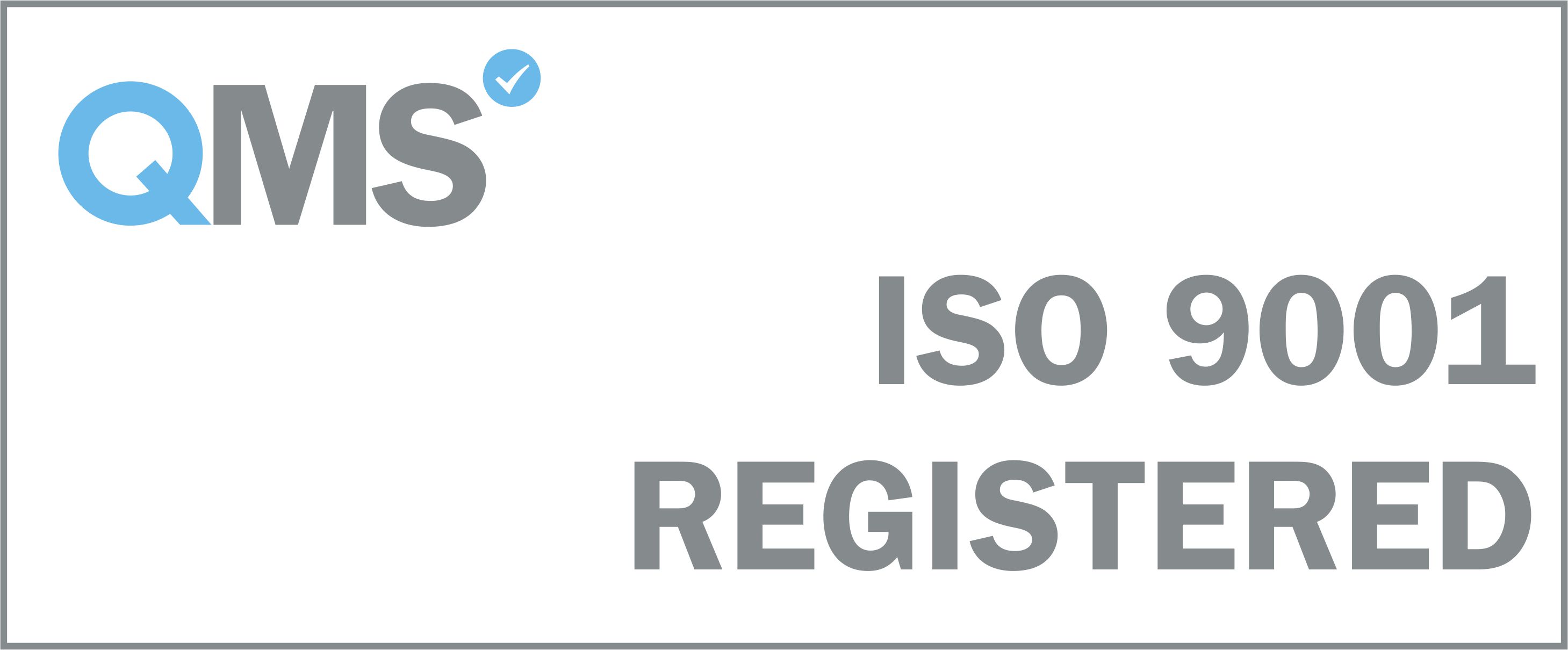A critical path input document of any safety related system build and necessary for IEC 61511 compliance, is the Safety Requirement Specification (SRS), which details the safety requirements of the system, as identified during the PHRA phase.
To be in compliance with IEC 61511, an SRS must be produced following PHRA and be made available during any Audit or Functional Safety Assessment (FSA).
The SRS should typically detail SIF identified, risk reduction targets, trip settings, MTTR, Process Safety Times (PST) and operational requirements such as modes of operation, alarm system functionality, override requirements etc.
The above is not an exhaustive list of SRS contents and format, but gives an flavor of what information is required by the design team.
The quality, contents and accuracy of the SRS is critical to the success of a safety related system design, to ensure the hazards identified in PHRA are managed, protected against and that the Corporate Risk Criteria is achieved. The SRS is used as the basis of system validation, to ensure traceability of design with good provenance, all of which will be scrutinized during the Stage 1, 2 & 3 FSA.
Here at Whorlton, due to our depth and breadth of knowledge and experience of HAZOP, maintenance, design, build, testing, installation and operations, we are able to offer clients a SRS development service.
During SRS development, all potential safeguards/layers of protection will be assessed and considered to achieve the necessary risk reduction to meet the Corporate Risk Criteria.
It is interesting to note at this point, that the majority of incidents are caused by human failure rather than hardware failure. It is therefore important to educate and train people to be aware of the role they play in the design and operate phases of any system.
The human failure element, or systematic failure is managed through design procedures as described in this website, but failure can also occur during the operation phase when the hazards are present.
We have described how important the SRS is to the design process and how this document develops with the project and identifies the integrity and functional requirements of the system. The SRS is also used in the development of operating procedures, which is where human interaction with the system can affect its performance.
As we all know, operations control the process as defined in the O&M procedures, while monitoring the process conditions via the Basic Process Control System (BPCs). The IEC standards recognize, that it is possible for the operator to provide some risk reduction, by control or process intervention; however, they need time to be able to carry out manual intervention, within the process safety time. To improve the systematic capability of the operators, they must be presented with clear, unambiguous information from the BPCS. It is this requirement, that is far to often over looked in design, as it is part of the BPCS design and not the safety related system design.
We have specifically mentioned the manual aspects of risk reduction and how good design of the BPCS Workstation graphics and the alarm system, contributes to risk reduction. It is therefore important, that as part of the risk reduction design, the BPCS graphics are clear and concise and the alarm system provides unambiguous information to operations, so that they can quickly assess a situation and make the necessary corrective actions to reduce the occurrence rate of the hazard.
Here at Whorlton, we can provide support to your BPCS/SCADA engineers during their graphics build and due to our alarm management experience, can provide guidance on alarm system configuration based on commonly used publications and standards such as EEMUA Publication 191 and ISA 18.2.
It is therefore important for the safety engineer, to be aware of the important role, the BPCS plays in contributing to the overall risk reduction for the facility. This is even more important, when the BPCS alarms and operator response has been taken credit for in a LOPA study. If none of the BPCS requirements, such as HMI graphic ergonomics and alarm management referenced above have been met, then you cannot take credit for the BPCS in the risk reduction calculations.
Whorlton can provide an SRS template and populate it with the necessary information, early in the project lifecycle, starting at the HAZOP/PHRA. We shall attend the HAZOP to get a good understanding of the process and construct the first issue of the SRS on release of the HAZOP Report.
Here at Whorlton, we shall take ownership of the SRS and develop all SRS fields by holding regular meetings with design, process, operations and maintenance departments. To develop the SRS iteratively, requires knowledge of real plant and procedures to support the different disciplines. This later statement may seem strange, but it is imperative that the SRS developer can relate to each departments responsibilities and understand their activities, so that they can act as a catalyst to promote dialogue between the disciplines to develop the client's safety and operational requirements.
Whorlton can also provide support with the BPCS design and operating procedures, so that sufficient confidence in its integrity can be claimed and taken as a credit in the risk reduction process.
If you would like more information on how Whorlton can help your company with Design please contact us.
Other Services
Functional Safety RegulationsFunctional Safety Audits and Assessments
HAZOP
Risk Reduction Targets
Verification and Validation
Commissioning and Operation

Latest Case Study
Chemical Facility - Hardwired Safety Instrumented System (SIS) Upgrade
This was an extremely interesting and challenging project, involving detailed planning, site surveys, design, build, test, commissioning, with close liaison with operations on a live facility, with limited process shutdown windows.
Read more




